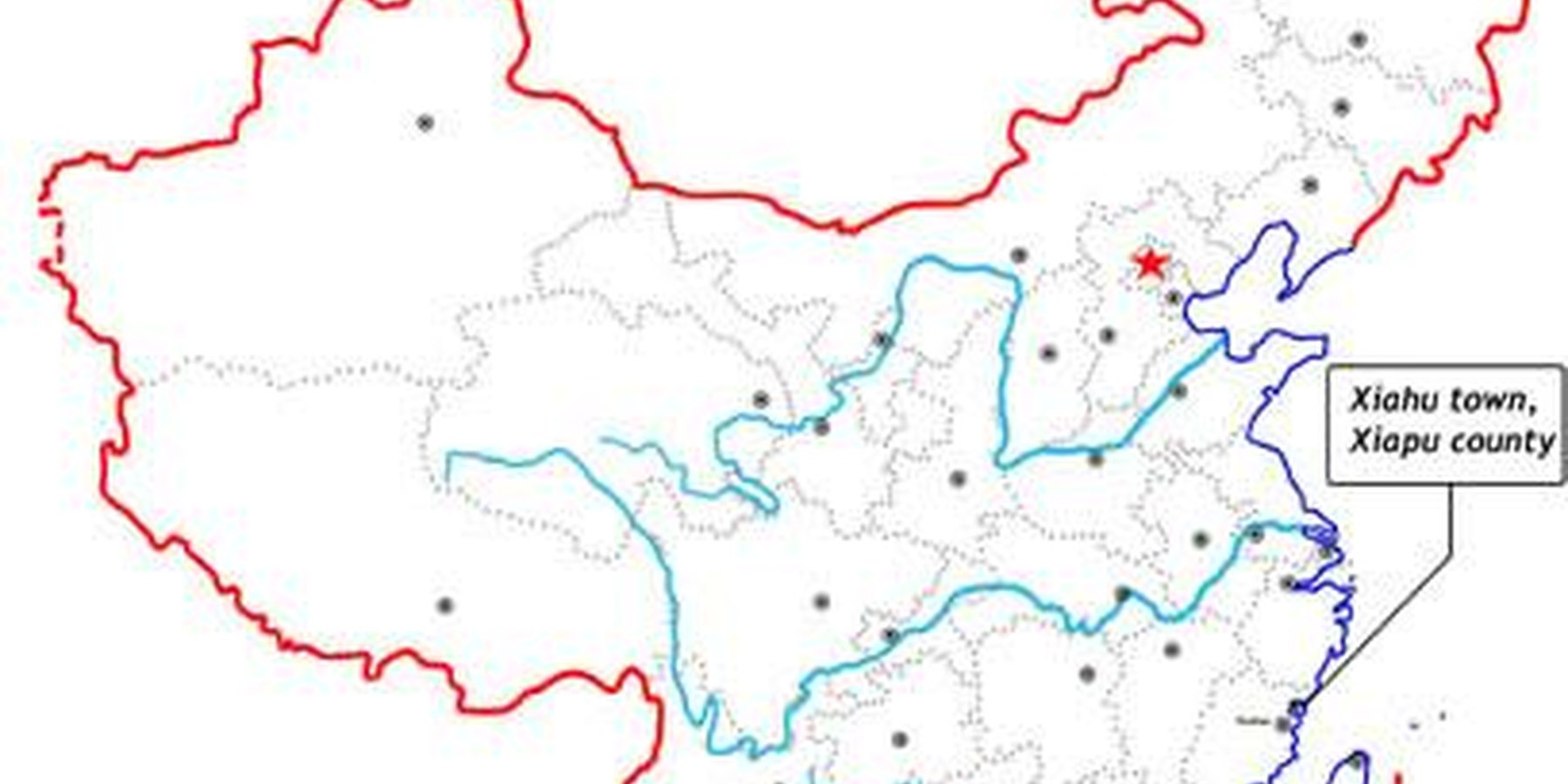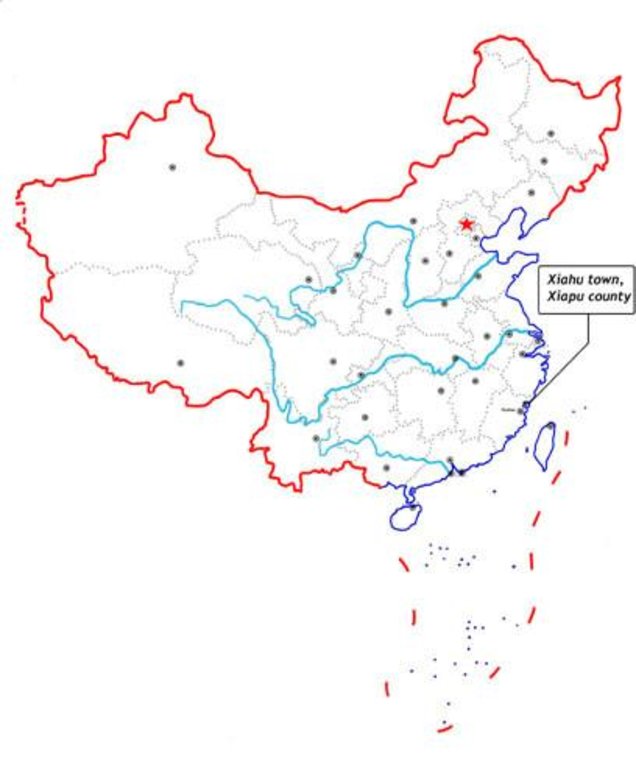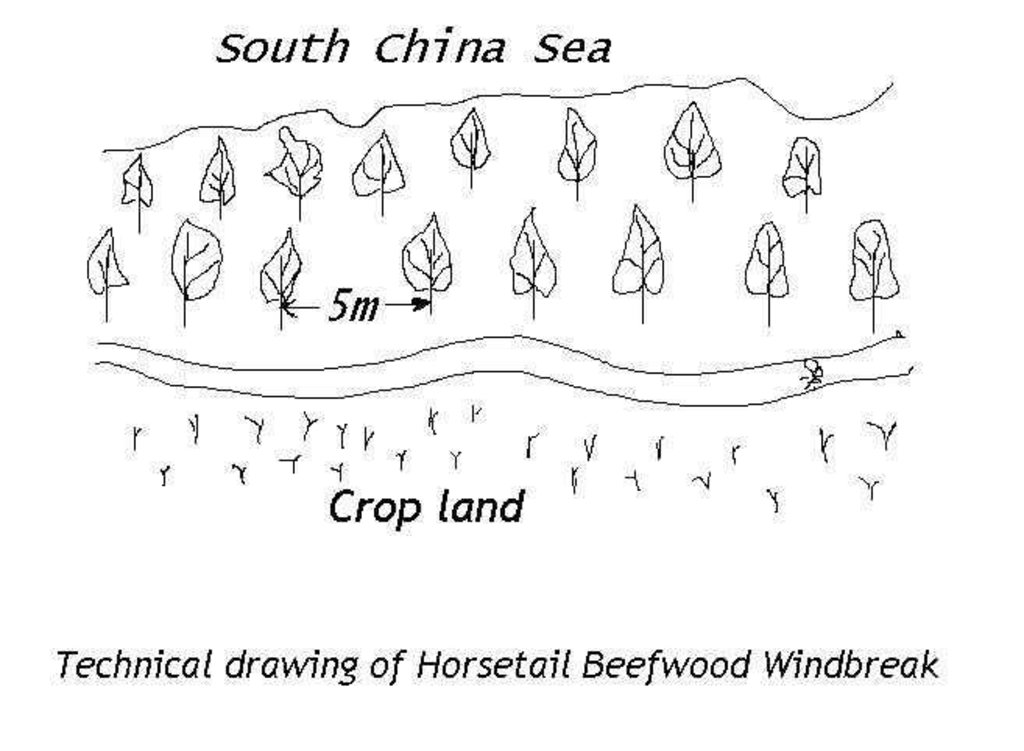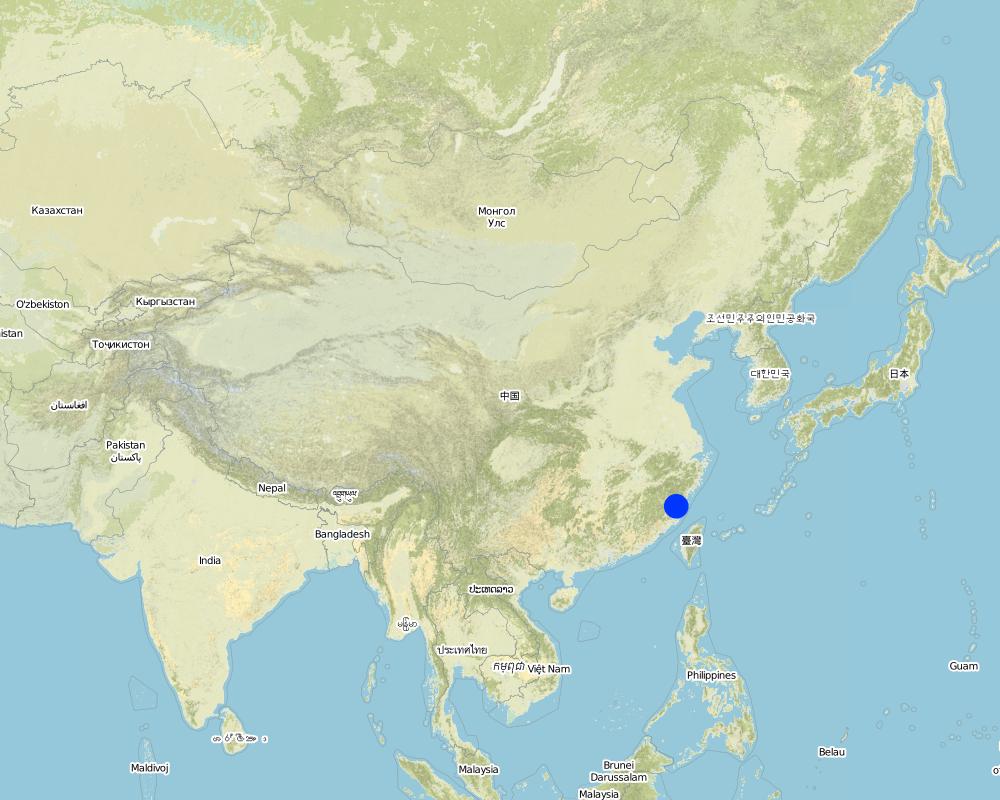Planting Horsetail Beefwood (Casuarina) As Windbreak Along Seaside [中国]
- 创建:
- 更新:
- 编制者: Unknown User
- 编辑者: –
- 审查者: Laura Ebneter
approaches_2557 - 中国
查看章节
全部展开 全部收起1. 一般信息
1.2 参与方法评估和文件编制的资源人员和机构的联系方式
关键资源人员
SLM专业人员:
Gong Hengwen
86-593-2821623
Ningde Prefecture Soil & Water Conservation Office
No. 14, Shuqian Road, Ningde352100, Fujian
中国
有助于对方法进行记录/评估的机构名称(如相关)
Soil & Water Conservation Office, Ningde Prefecture - 中国1.3 关于使用通过WOCAT记录的数据的条件
编制者和关键资源人员接受有关使用通过WOCAT记录数据的条件。:
是
1.4 SLM技术问卷的参考

Horsetail Beefwood (Casuarina) Windbreak along Seaside [中国]
Planting Horsetail Beefwood as a shelter belt along seaside to prevent serious wind and water erosion/destroy of the cropland.
- 编制者: Unknown User
2. SLM方法的描述
2.1 该方法的简要说明
Planting Horsetail Beefwood along seaside to protect cropland from sea wind erosion and typhoon destroy.
2.2 该方法的详细说明
该方法的详细说明:
Planting Horsetail Beefwood as shelter belts along seaside to prevent Strong wind and water erosion/destroy on the cropland. Horsetail Beefwood is a perennial tree growing in sub-tropic and tropic climate. Its timber can be used in industry and fuel timber. It is easy to maintain and accepted by land users.
2.3 该方法的照片
2.5 采用该方法的国家/地区/地点
国家:
中国
区域/州/省:
Fujian
Map
×2.6 该方法的开始和终止日期
注明开始年份:
1992
终止年份(若不再采用该方法):
2002
2.7 方法的类型
- 基于项目/方案
2.8 该方法的主要目的/目标
The SLM Approach addressed the following problems: Strong sea wind and typhoon destroy the farmland and the serious erosion makes soil layer thin. The crops are often blown away and yield is decreasing gradually.
2.9 推动或妨碍实施本办法所适用的技术的条件
财务资源和服务的可用性/可得性
- 阻碍
Lack of fund to buy tree species and pay labour fee
Treatment through the SLM Approach: Raising money through variable ways and subsidy from government
法律框架(土地使用权、土地和水使用权)
- 阻碍
The existing land ownership, land use rights / water rights hindered a little the approach implementation The land ownership belongs to state and land user can only lease the land for a period of time, land users would worry about their land could be transferred to others.
了解SLM,获得技术支持
- 阻碍
Poor knowledge in SWC
Treatment through the SLM Approach: Enhancing trainning
3. 相关利益相关者的参与和角色
3.1 该方法涉及的利益相关者及其职责
- 当地土地使用者/当地社区
Working land users were mainly men (Men are the main labor for the SWC implementation.)
- 国家政府(规划者、决策者)
3.2 当地土地使用者/当地社区参与该方法的不同阶段
| 当地土地使用者/当地社区的参与 | 指定参与人员并描述活动 | |
|---|---|---|
| 启动/动机 | 被动 | |
| 计划 | 被动 | |
| 实施 | 互动 | responsibility for major steps |
| 监测/评估 | 外部支持 | interviews/questionnaires; |
| Research | 无 |
3.4 有关SLM技术选择的决策
具体说明谁有权决定选择要实施的技术:
- 主要是SLM专家,咨询土地使用者之后
解释:
Decisions on the method of implementing the SLM Technology were made by mainly by land users supported by SLM specialists
4. 技术支持、能力建设和知识管理
4.1 能力建设/培训
是否为土地使用者/其他利益相关者提供培训?:
是
明确受训人员:
- 土地使用者
培训形式:
- 示范区域
培训形式:
- farm visits
涵盖的主题:
Demonstration in the field.
4.2 咨询服务
土地使用者有权使用咨询服务吗?:
是
指明是否提供了咨询服务:
- 在土地使用者的土地上
说明/注释:
Name of method used for advisory service: Demonstration of planting horsetail beefwood; Key elements: Size between trees, maintain; 1) Advisory service was carried out through: projects own extension structure and agents 2) Advisory service was carried out through: projects own extension structure and agents; Extension staff: mainly government employees 3) Target groups for extension: land users; Activities: Demonstration
Advisory service is quite adequate to ensure the continuation of land conservation activities; Propaganda, soil conservation, extension and SWC benefits can lure land users to participate in the project.
4.3 机构强化(组织发展)
是否通过这种方法建立或加强了机构?:
- 否
4.4 监测和评估
监测和评估是该方法的一部分吗?:
是
注释:
economic / production aspects were regular monitored through measurements
area treated aspects were ad hoc monitored through observations
There were few changes in the Approach as a result of monitoring and evaluation
4.5 研究
研究是该方法的一部分吗?
是
提供进一步的细节,并指出是谁做的研究:
Research was carried out both on station and on-farm
5. 融资和外部物质支持
5.1 该方法中SLM组成部分的年度预算
如果不知道准确的年度预算,请给出一个范围:
- 2,000-10,000
注释(例如主要的资助来源/主要捐助者):
Approach costs were met by the following donors: government (national): 80.0%; other (-): 20.0%
5.2 为土地使用者提供财政/物质支援
土地使用者是否获得实施该技术的财政/物质支持?:
是
5.3 对特定投入的补贴(包括劳动力)
- 农业
| 具体说明哪些投入得到了补贴 | 程度如何 | 对补贴做出具体说明 |
|---|---|---|
| 种子 | 充分融资 | seedlings |
如果土地使用者的劳动力是一项重要的投入,那么是不是:
- 自愿
注释:
It is managed by administrative way, land users' input are mainly voluntary with subsidy paid in cash.
5.4 信用
是否根据SLM活动的方法给予信用值?:
否
6. 影响分析和结论性陈述
6.1 方法的影响
该方法是否帮助土地使用者实施和维护SLM技术?:
- 否
- 是,很少
- 是,中等
- 是,支持力度很大
The local farmers change their traditional food crops to economic crops and/or fruit trees.
该方法是否改善了阻碍SLM技术实施的土地使用权/用户权问题?:
- 否
- 是,很少
- 是,中等
- 是,支持力度很大
National or local government can deal with this issue. The problem is likely to be overcome in the near future. Through giving some subsidy and other favorable policies.
Did other land users / projects adopt the Approach?
- 否
- 是,很少
- 是,中等
- 是,支持力度很大
6.3 方法活动的可持续性
土地使用者能否维持通过该方法实施的措施(无外部支持的情况下)?:
- 是
6.4 该方法的长处/优点
| 土地使用者眼中的长处/优势/机会 |
|---|
| Reducing wind erosion and improving soil fertility so that increasing production and gaining better benefits. (How to sustain/ enhance this strength: It is unnecessary to spend much labor & money to maintain since it can produce better benefits and improve environment.) |
| 编制者或其他关键资源人员认为的长处/优势/机会 |
|---|
| improving the ecological environment and economic benefits (How to sustain/ enhance this strength: Forbidding disafforest.) |
6.5 该方法的弱点/缺点以及克服它们的方法
| 土地使用者认为的弱点/缺点/风险 | 如何克服它们? |
|---|---|
| Input from the government is too little, and some land users do not really realize the importance of SWC. | strengthening propaganda of the importance of SWC, to get more funds from different channels. |
| 编制者或其他关键资源人员认为的弱点/缺点/风险 | 如何克服它们? |
|---|---|
| no |
7. 参考和链接
7.1 方法/信息来源
- 实地考察、实地调查
- 与土地使用者的访谈
链接和模块
全部展开 全部收起链接

Horsetail Beefwood (Casuarina) Windbreak along Seaside [中国]
Planting Horsetail Beefwood as a shelter belt along seaside to prevent serious wind and water erosion/destroy of the cropland.
- 编制者: Unknown User
模块
无模块





